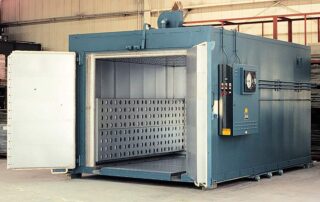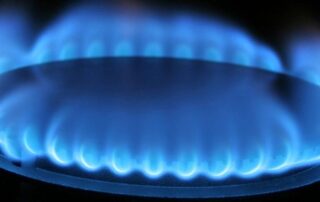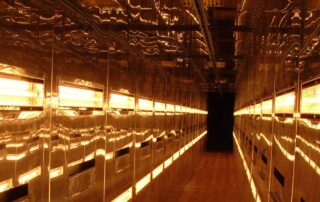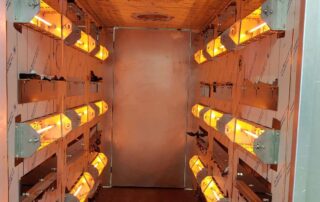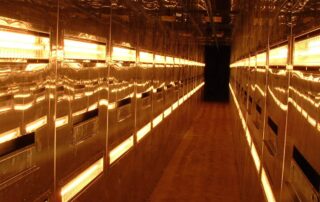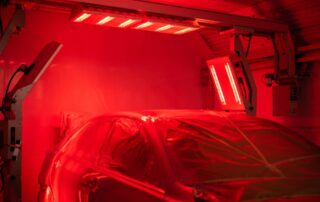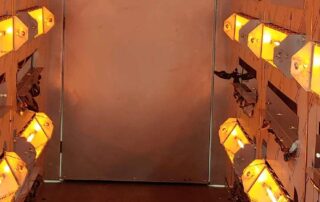Risks And Safeguards Of Industrial Ovens
The primary risks with industrial ovens are associated with the high temperatures and volatile materials inside the ovens. As temperatures increase in an enclosed space, and combine with flammable gases and vapors, an environment is created where combustion or explosion becomes a concern. The first line of defense to ensure a safe process is to comply with NFPA standards. The NFPA provides a list of stipulations, requirements, and regulations for all industrial equipment. Effective training, proper use, and regular maintenance of an industrial oven goes a long way towards preventing dangerous situations that can cause substantial damage and personal injury. In addition to NFPA standards, oven manufacturers provide guidelines for processes and procedures. They consider the different types of materials since they have individual safety requirements. A safety form should be attached to the oven that shows the materials being treated, the operating temperature, and the rate of exhaustion. Safety Considerations Temperature Control – Temperature Monitors and Shutoff Devices Common sense dictates that the operating temperature in an industrial oven must be less than the temperature of combustion of the [...]


